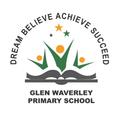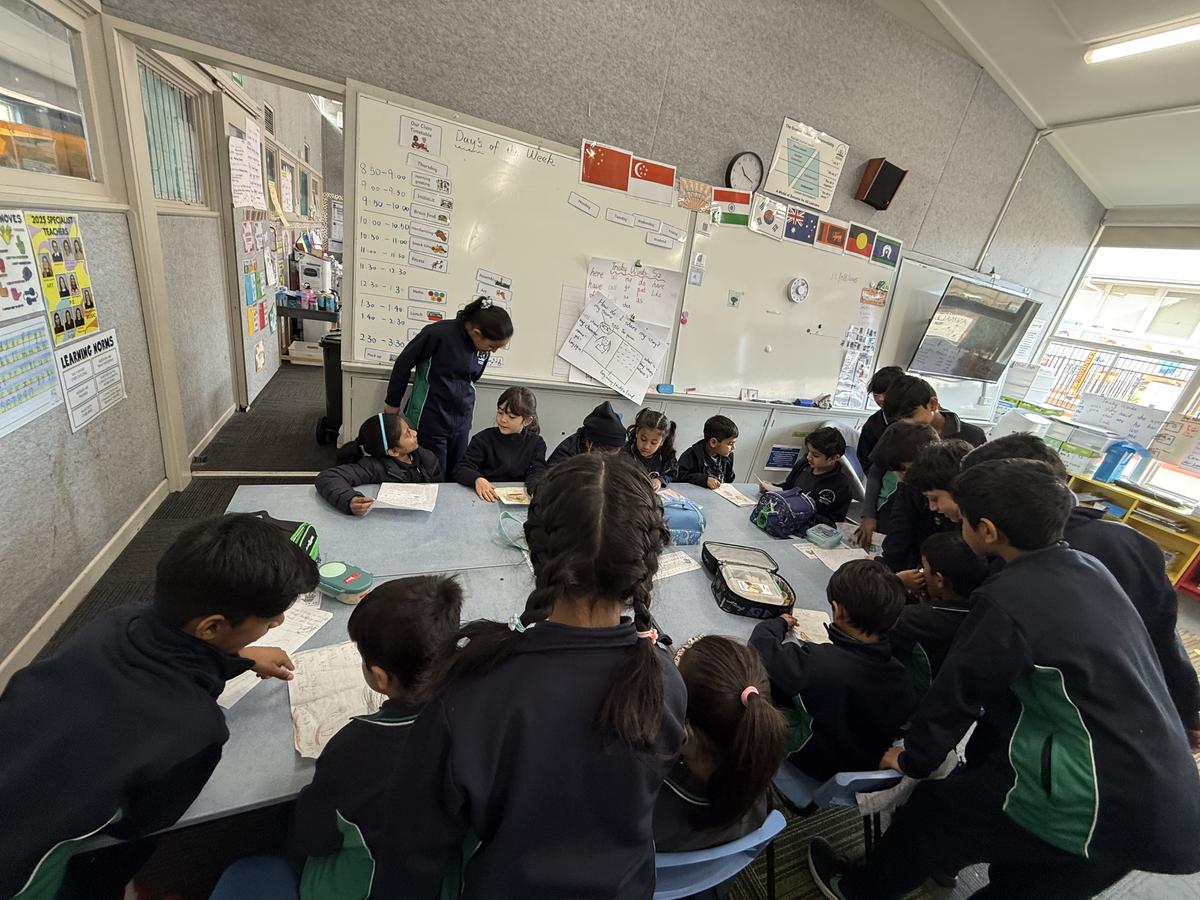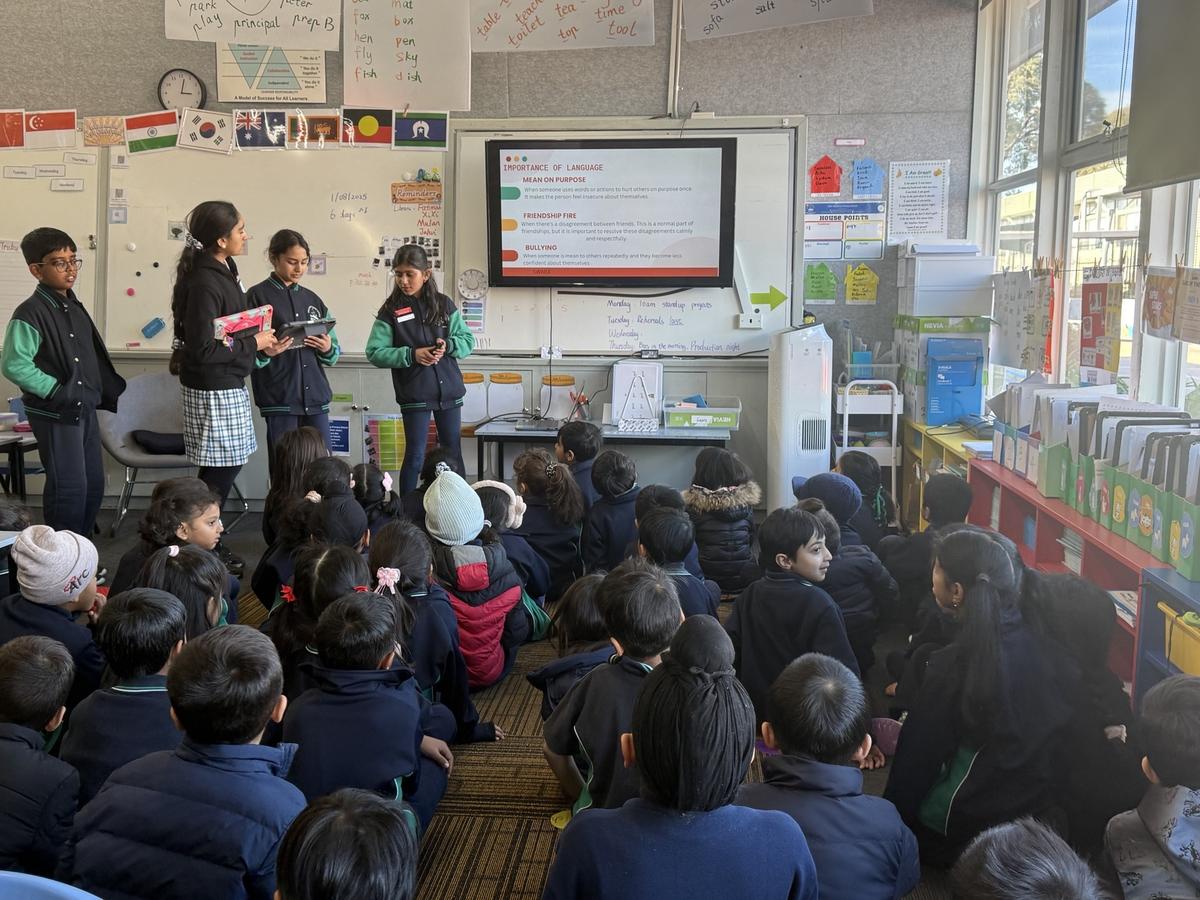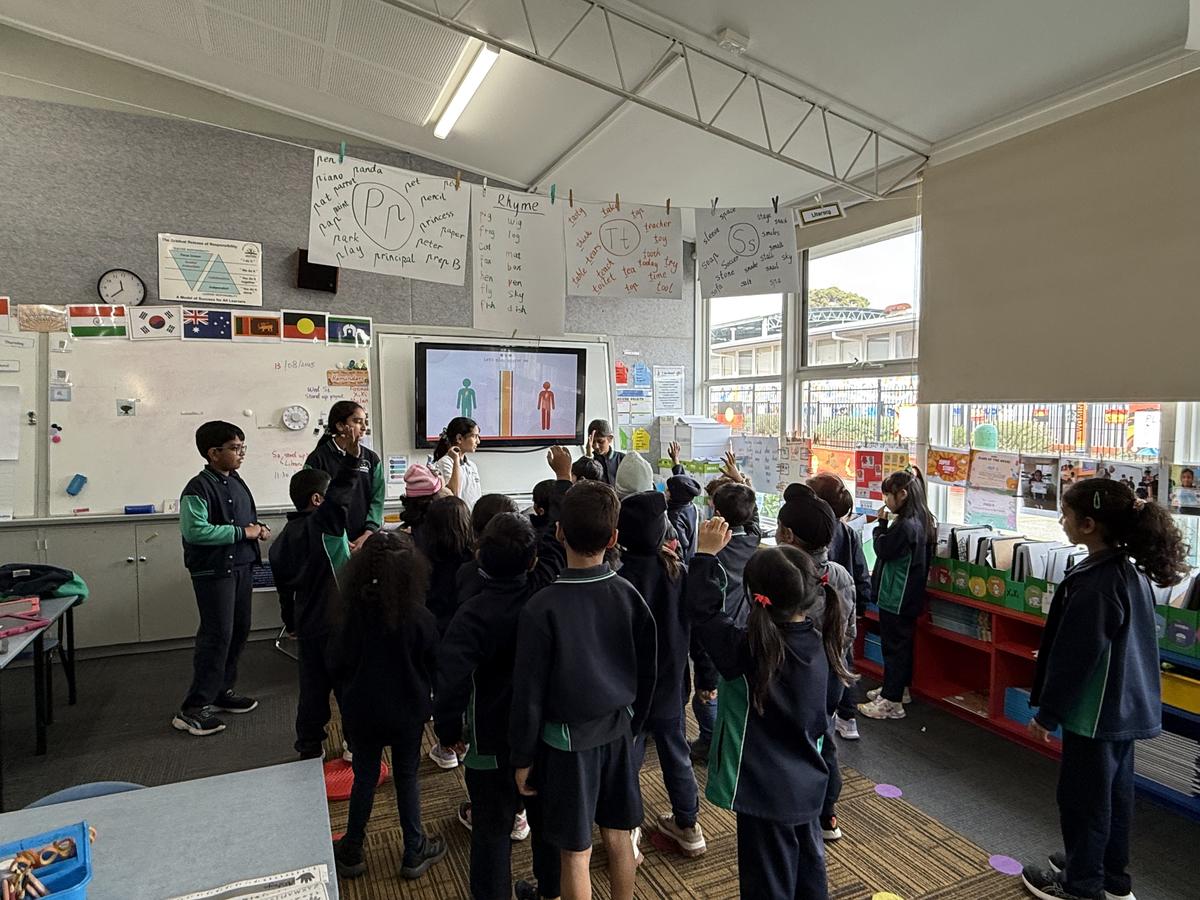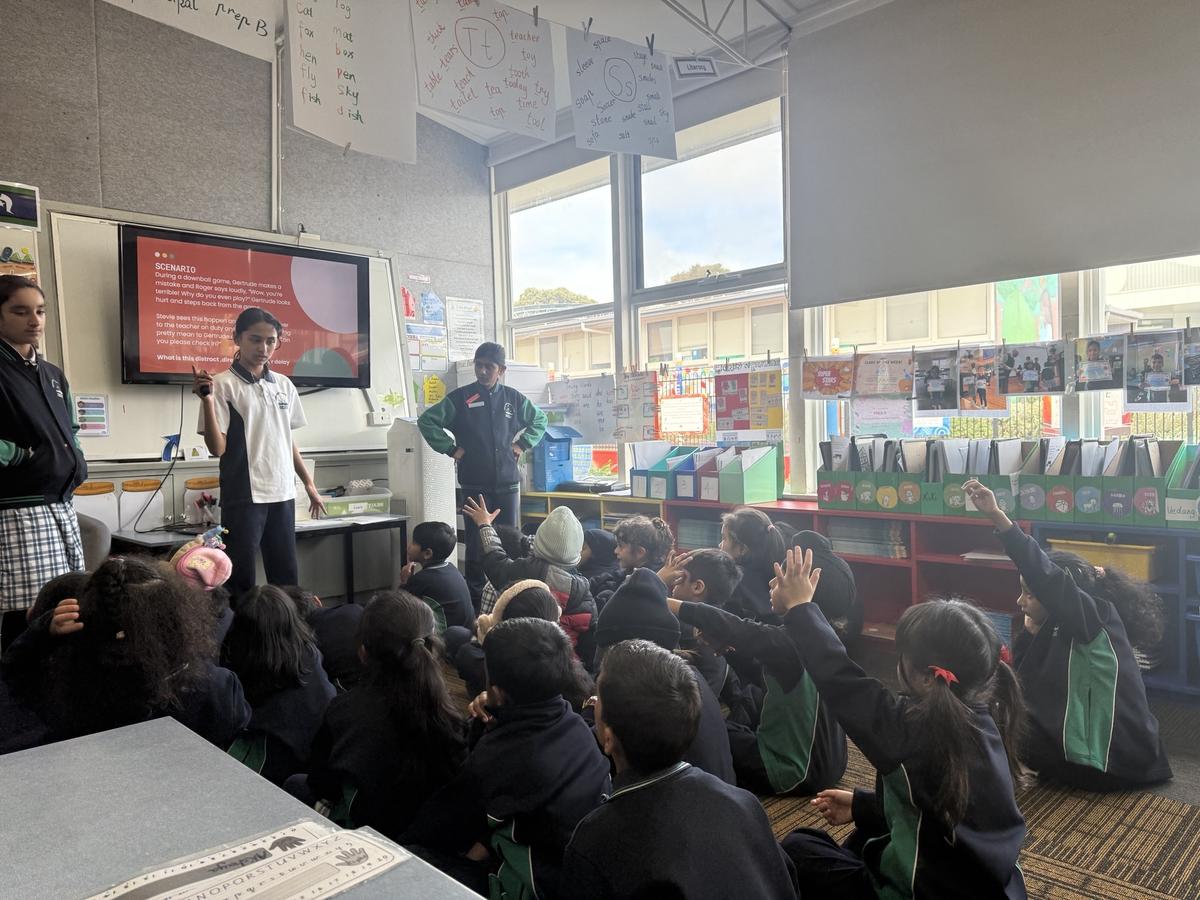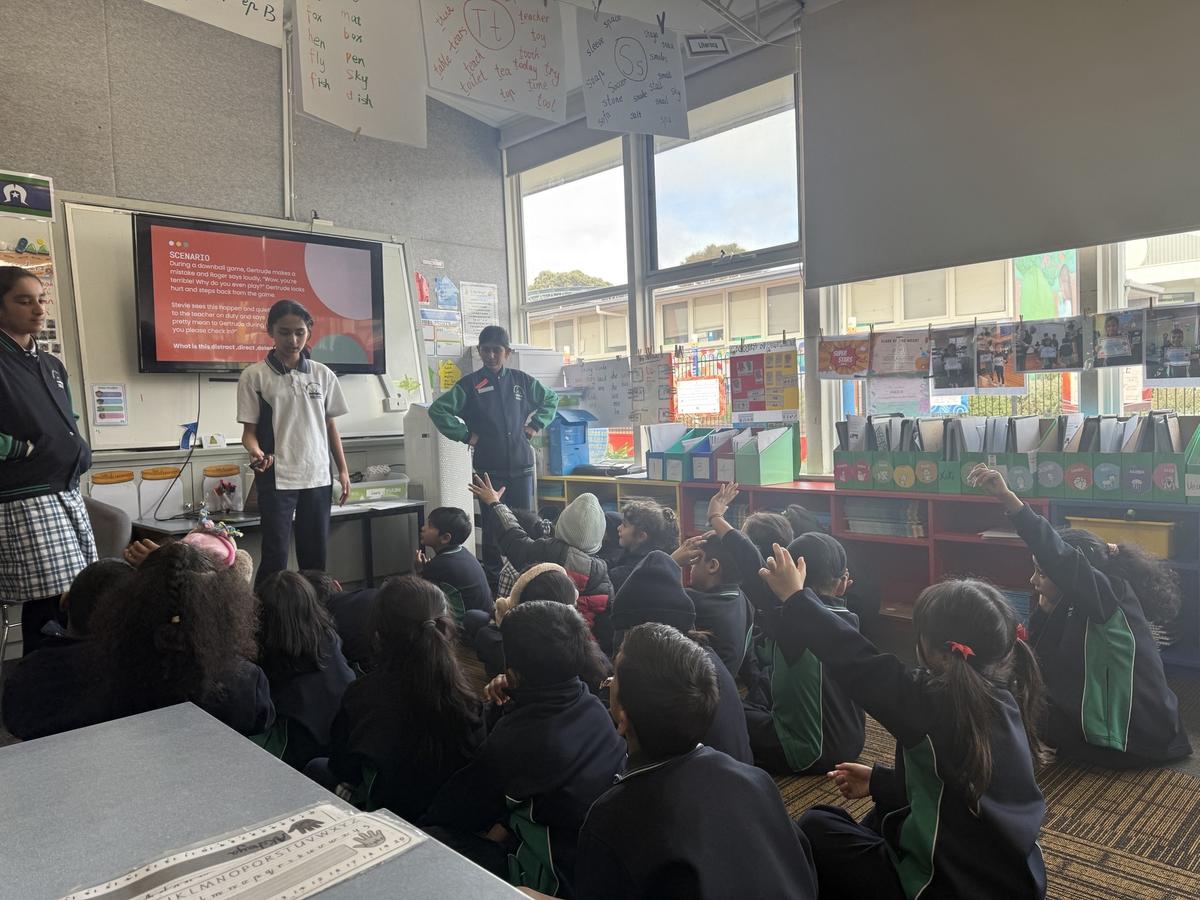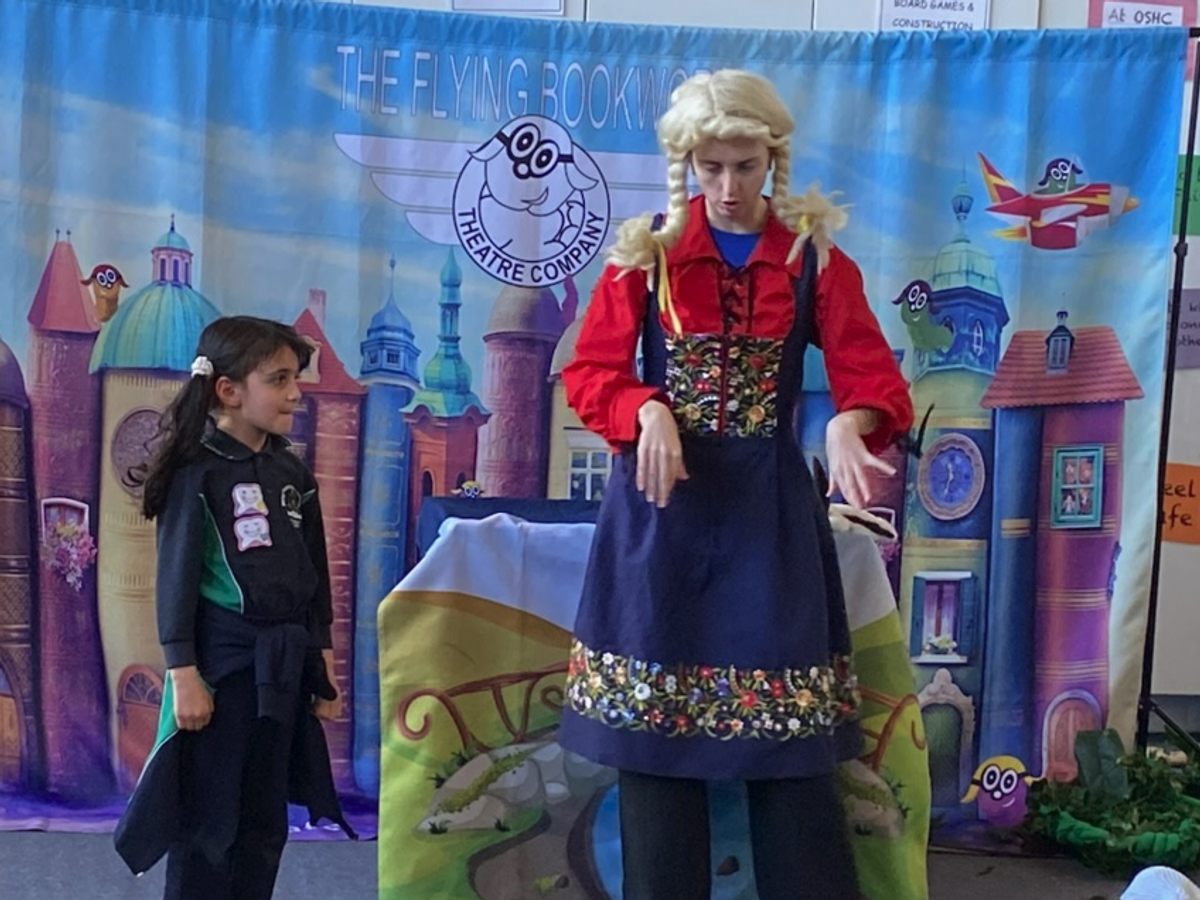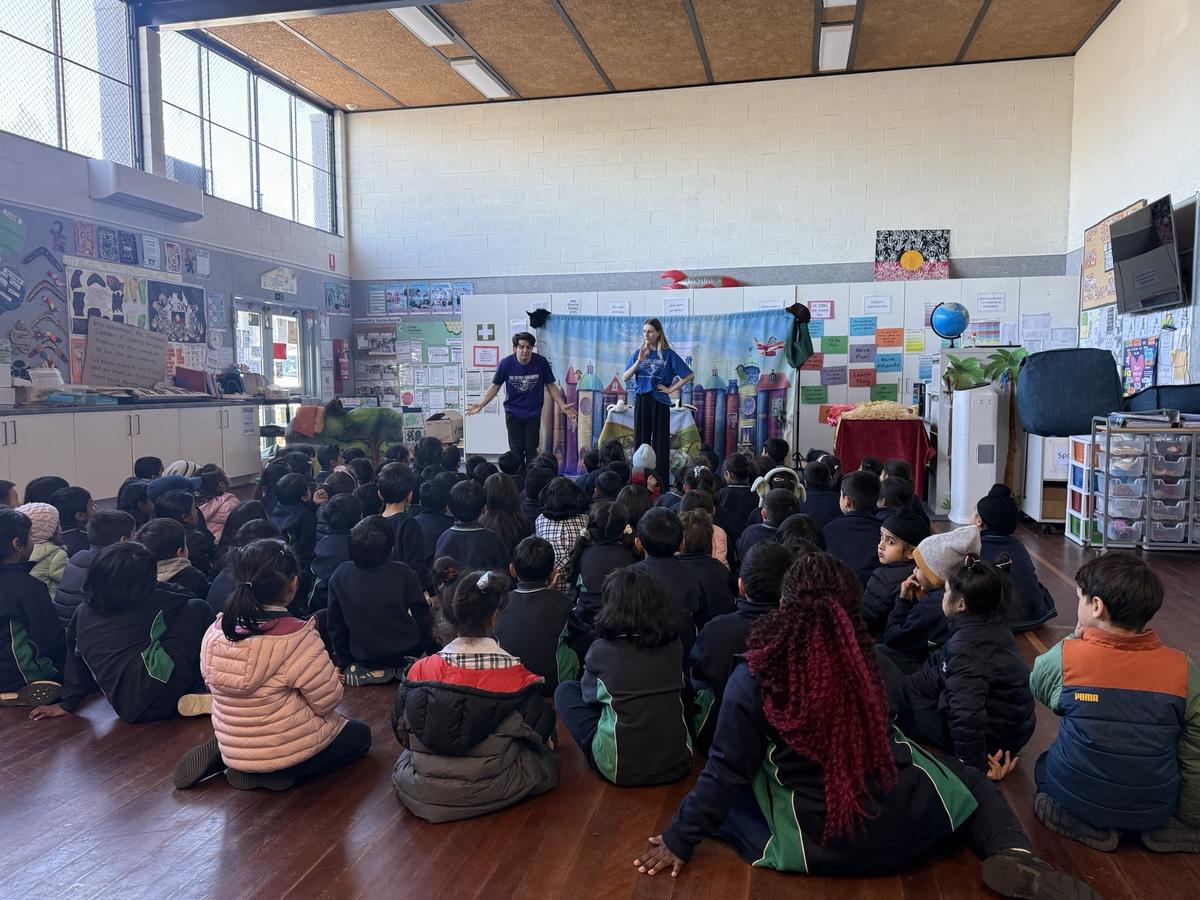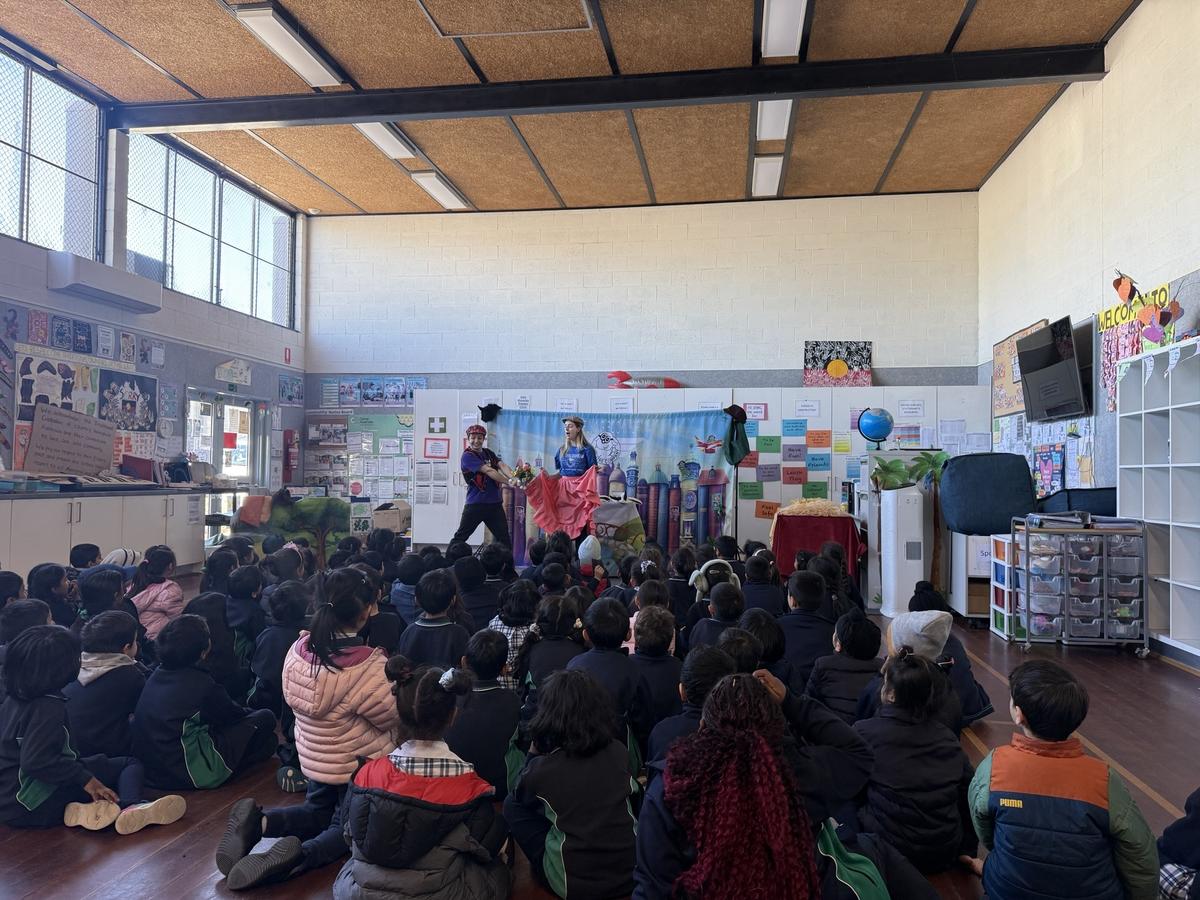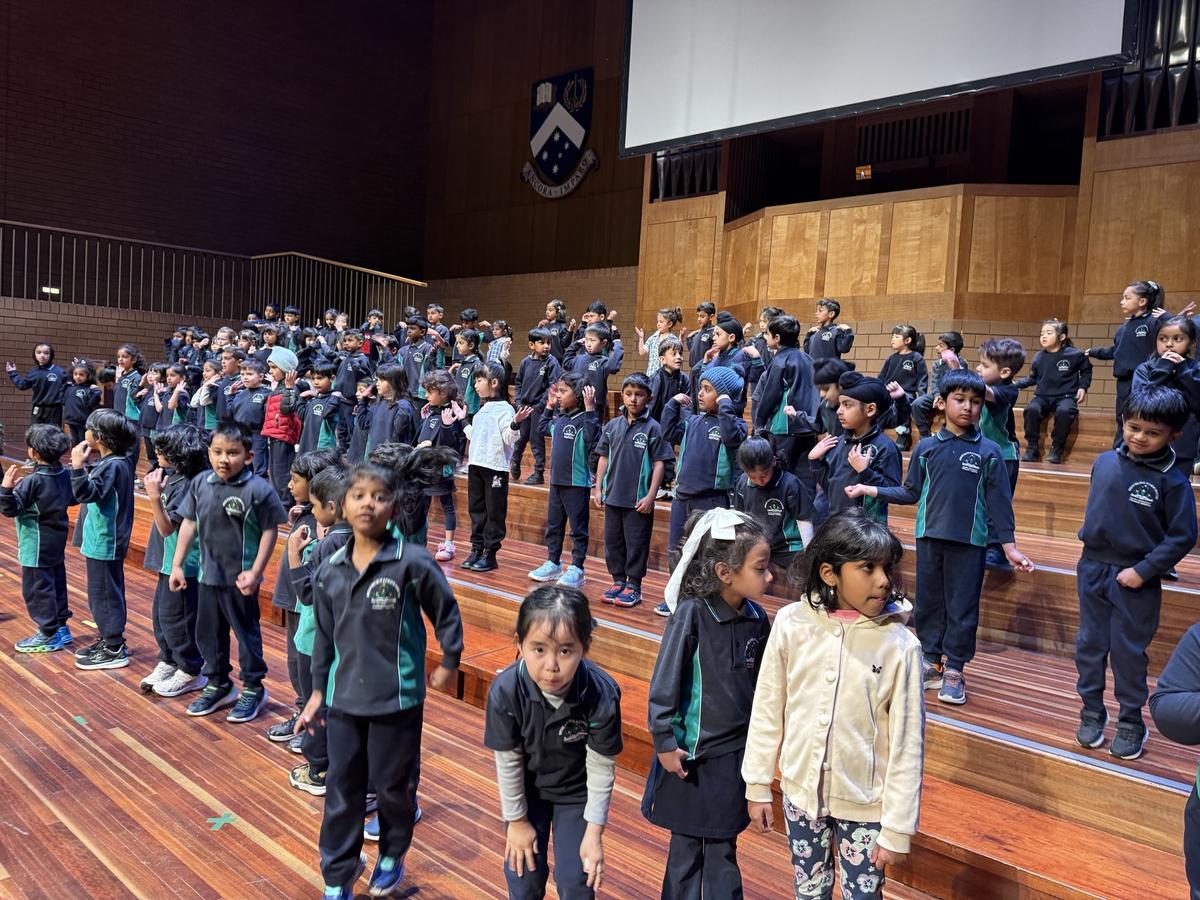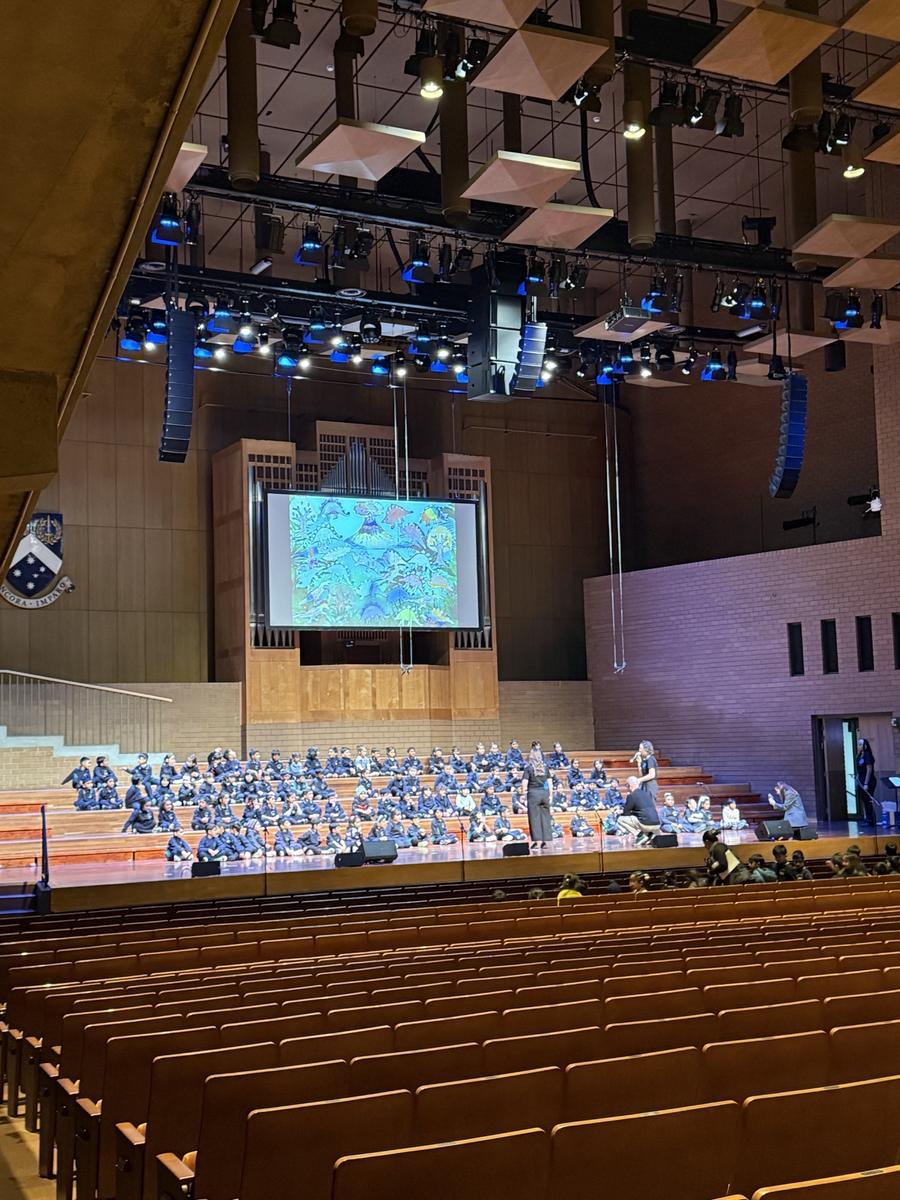Learning in Term Four 2025
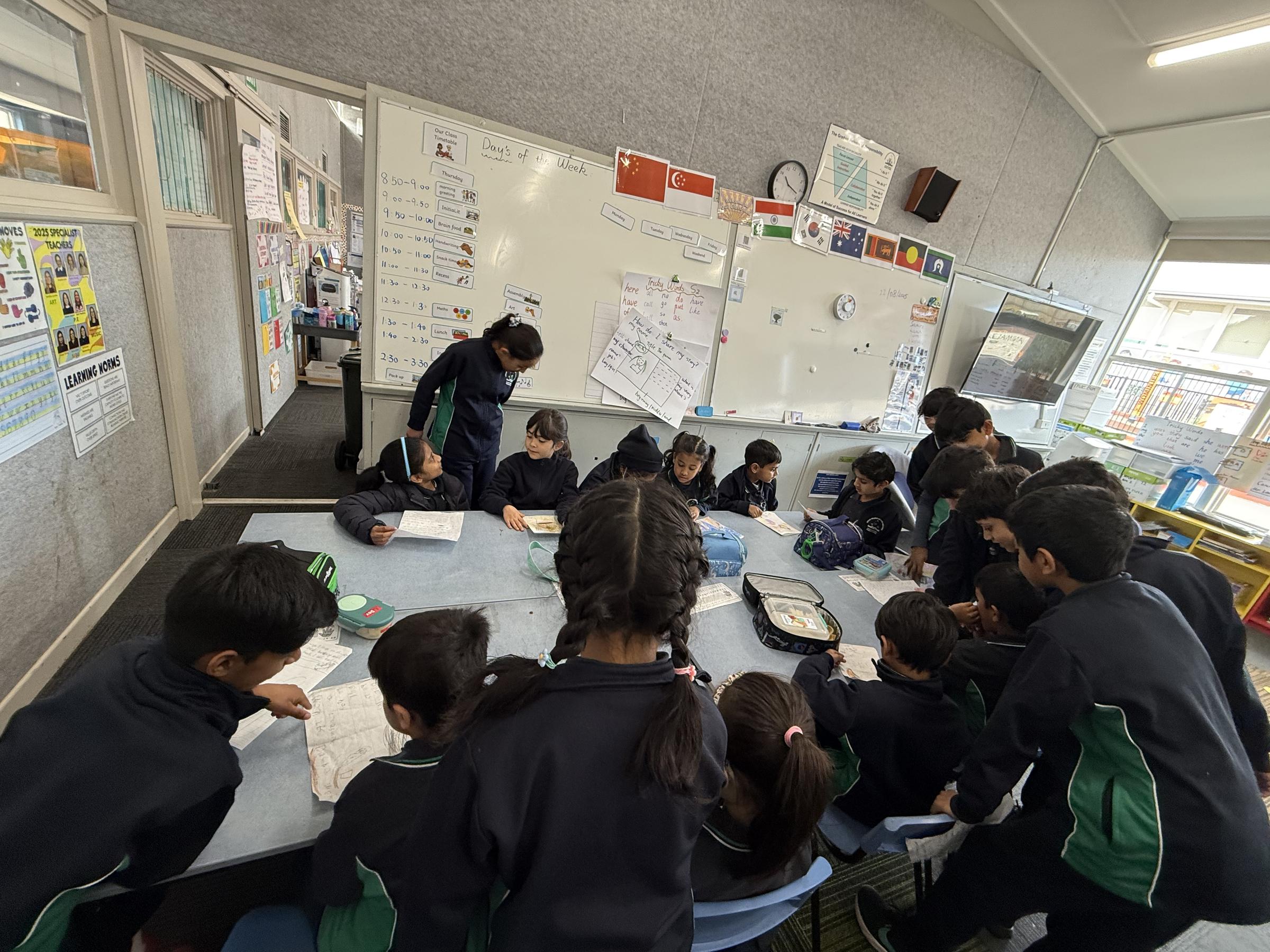
English
In our Literacy program this Term, students are learning key concepts from the InitiaLit program. We are focusing on digraphs ‘oo’, ’ng’ and ‘ay’ helping students recognise and pronounce these sounds in words. Students will continue to build their understanding of vowels and their role in words. Additionally, the learners are practising reading and writing CVCC (consonant-vowel-consonant-consonant) words, which will strengthen their understanding of word structure and improve their spelling skills. These lessons are crucial for building a solid foundation in literacy.
Key Vocabulary:
- Digraph
- Vowels
- Consonants
Sounds
Writing
Our Prep students will be using the VOICES framework in their Writing lessons, focusing on strategies to enhance meaning, sentence fluency, and sentence structure. By exploring ways to make their writing more expressive and coherent, students are developing their ability to communicate ideas clearly. We are encouraging them to experiment with sentence variety and structure to make their writing more engaging. These foundational skills are essential for becoming confident and effective writers.
Key Vocabulary:
- Sentence
- Question mark
- Flow
Word choice
How can you support your child’s English learning at home?
- Help revise reading and writing Tricky Words, by practising Tricky Word Laps or rainbow writing the words
- Reflect on current or prior experiences by drawing and writing sentence about these in a journal.
- Practise letter formation of all taught letter sounds (of the alphabet) and digraphs: ck, ll, ff, ss, sh, qu, ee, zz, ch, wh, th, oo, ng and ay.
Mathematics
This term in Mathematics, Prep students will explore key concepts across data, location, number, and measurement. In our Data unit, students will sort, collect and represent simple data using yes/no questions and two-category groupings. They'll also begin to describe the position of objects and follow simple directions in our Location unit, building their spatial awareness.
Our Place Value and Counting unit will deepen students' understanding of numbers up to 100 through hands-on activities using ten frames, base-10 blocks and coins. Students will also learn to recognise, count and order Australian coins. Finally, in Measurement, they’ll compare the length, mass, capacity, and duration of everyday objects and events using direct comparisons. These activities will support their reasoning and problem-solving skills as they prepare for the transition to Year One.
Key Vocabulary:
- Sort
- Data
- Group
- More
- Less
- Position
- Direction
- Count
- Number
- Tens
- Ones
- Coins
- Compare
- Length
- Mass
- Capacity
Time
How can you support your child’s Mathematics learning at home?
- Ask your child to sort toys or household items into groups and talk about which group has more or less.
- Practice giving and following simple instructions using words like ‘next to’, ‘in front of’, and ‘behind’.
- Count forwards and backwards to 100 together, starting from different numbers.
- Use coins to play shopping games, helping your child recognise and sort different Australian coins.
Involve your child in everyday tasks that compare size, weight, or time, for example, comparing which object is heavier or which activity takes longer.
Inquiry
Question: How does sound make us feel?
This term, Prep students are exploring the inquiry question, "How does sound make us feel?" Through this unit, students will investigate how sound affects our emotions, how it can bring people together, and how it helps us connect to different environments and cultures. They will take part in hands-on experiences such as mindful listening, identifying sounds in their environment, and exploring the science of how sound is made and travels. Students will also listen to music from different cultures, including Aboriginal and Torres Strait Islander perspectives, and reflect on how sound can be joyful or challenging depending on how it’s experienced.
As the unit progresses, students will apply their understanding of sound to help prepare for our Prep Prom celebration. They will explore using body percussion, instruments, and digital tools like GarageBand to create and share their own sounds. These activities will allow students to express themselves creatively and reflect on their learning. Throughout the unit, they will also begin to think about their transition to Year One, identifying their strengths and developing strategies for managing challenges. We look forward to seeing how sound inspires their curiosity, creativity, and connection with others.
How can you support your child’s Inquiry learning at home?
- Encourage your child to listen carefully to everyday sounds and talk about how those sounds make them feel
- Explore different kinds of music together and discuss the emotions they bring up
- Create simple instruments at home using household items and experiment with rhythms and pitch
- Ask open-ended questions like, “What sound did you notice today?” or “Did that sound make you feel calm, happy, or something else?”
Try a quiet listening walk and see how many different sounds your child can identify
Key Vocabulary
- Sound
- Pitch
- Vibration
- Volume
- Rhythm
- Emotion
- Music
- Feeling
- Celebration
Listening
Hands on Science Incursion
To kick off our exploration of sound, we are planning to have an exciting incursion. This incursion will bring a Science specialist into the classroom, providing students with a unique opportunity to learn about the scientific aspects of our world. Students will participate in demonstrations and activities that make scientific concepts assessable and engaging.
Through these activities, students will develop a deeper understanding of the physical world around them. They will learn how sound and light are integral to our daily lives and how they can be measured and manipulated.
Wellbeing
The Resilience Project
This term in The Resilience Project, Prep students will focus on emotional literacy and mindfulness as they prepare to transition to a new year level. In our lessons, students will explore their feelings about change and create a social story to support the move to Year One. They’ll also discuss healthy alternatives to screen time and take part in calming mindfulness activities to support wellbeing. Finally, through the "Friendship Stew" lesson, students will learn about the qualities of a good friend and how their words and actions can positively affect others. These activities help build resilience, empathy, and emotional awareness.
Key Vocabulary:
- GEM chat
- Mindfulness
- Gratitude
- Calm
- Friendship
- Resilience
- Empathy
- Connectedness
- Emotions
Cyber Safety Program
This term in The Cyber Safety Project, Prep students will continue learning how to stay safe and make good choices in the online world. Through age appropriate discussions and activities, students will explore what it means to be respectful and kind when using digital devices. They will learn to identify trusted adults they can go to for help, recognise safe and unsafe online behaviours, and understand the importance of balancing screen time with other healthy activities. These lessons aim to build early digital habits that promote safety, responsibility, and wellbeing in a tech-connected world.
Key Vocabulary:
- Safe
- Unsafe
- Online
- Respect
- trusted adults
- digital devices
The Learning Pit & Zones of Regulation
Throughout Term Four students will develop their emotional resilience and self-awareness. Central to this approach is the "Learning Pit," a concept that encourages students to embrace challenges and view setbacks as opportunities for growth. As they navigate through this pit, they develop problem-solving skills and perseverance. Complementing this is the "Zones of Regulation" framework, which helps students identify and manage their emotional states. By learning to recognise whether they are in the "Blue," "Green," "Yellow," or "Red" zone, they gain tools to regulate their emotions and responses effectively.
Students will continue to develop their understanding of The Resilience Project values Gratitude, Empathy and Mindfulness. Together, these strategies empower students to build a strong foundation for both academic and personal success.
Key Vocabulary:
- Turning Point
- Growth Mindset
- Positive Self talk
- Emotions
- self-regulation
Emotional literacy
How can you support your child’s Wellbeing learning at home?
- Ask your child about when they were in the “Learning Pit”. What did they say to themselves or what strategy did they employ to get to Eureka!
- What zones were you in today? Why? What strategy did you use to self-regulate?
- What is something you are proud of and why?
